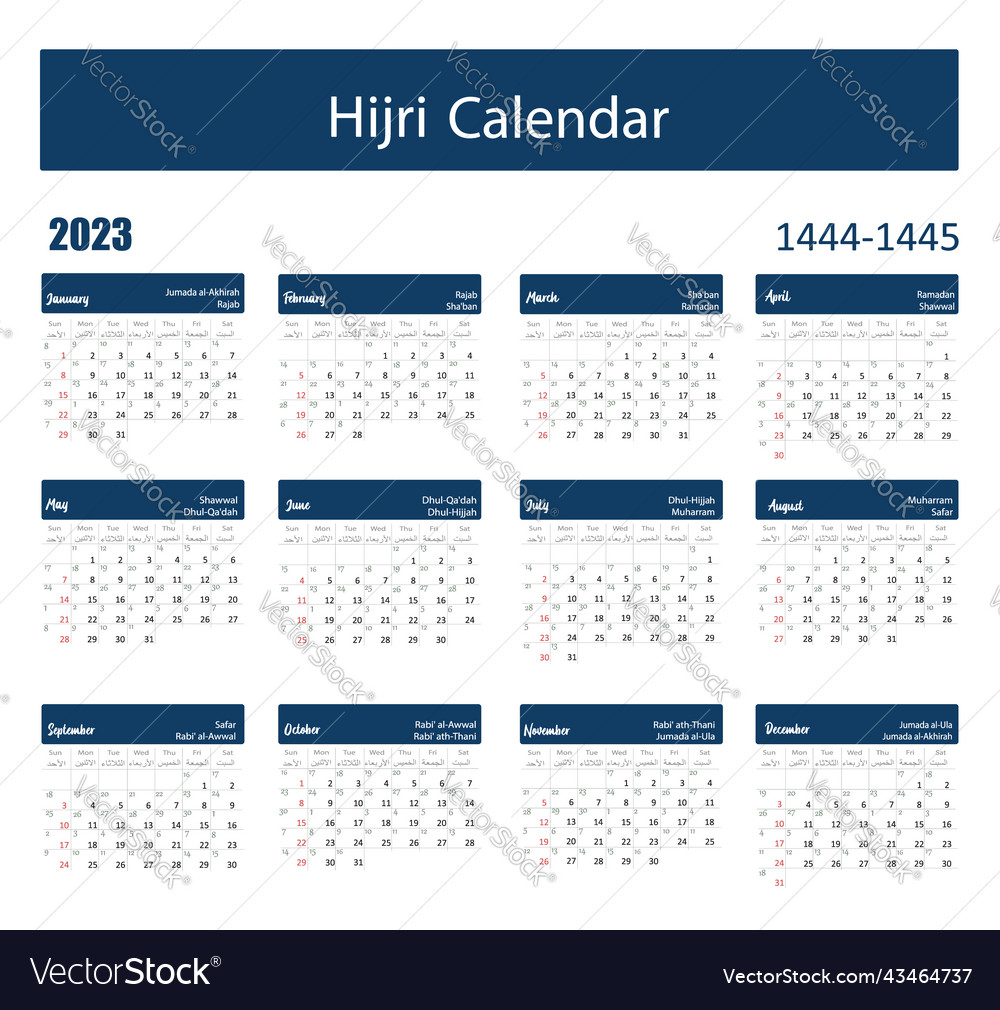Navigating the Lunar Panorama: A Complete Information to Changing the Jewish Calendar to the Gregorian Calendar
Associated Articles: Navigating the Lunar Panorama: A Complete Information to Changing the Jewish Calendar to the Gregorian Calendar
Introduction
With nice pleasure, we’ll discover the intriguing subject associated to Navigating the Lunar Panorama: A Complete Information to Changing the Jewish Calendar to the Gregorian Calendar. Let’s weave attention-grabbing data and provide contemporary views to the readers.
Desk of Content material
Navigating the Lunar Panorama: A Complete Information to Changing the Jewish Calendar to the Gregorian Calendar

The Jewish calendar, a lunisolar calendar wealthy in historical past and custom, presents an enchanting problem for these unfamiliar with its intricacies. In contrast to the Gregorian calendar, which is only photo voltaic, the Jewish calendar follows each the lunar cycle and the photo voltaic 12 months, leading to a system that shifts and adjusts over time. This text will delve into the complexities of the Jewish calendar, explaining its elementary ideas and offering a complete understanding of how you can convert dates between the Jewish and Gregorian calendars.
Understanding the Fundamentals: Lunar and Photo voltaic Cycles
The Jewish calendar is predicated on a lunisolar system, that means it incorporates each the lunar month (roughly 29.5 days) and the photo voltaic 12 months (roughly 365.25 days). The lunar cycle is the first driver, with every month starting with the brand new moon. Nevertheless, to maintain the calendar aligned with the seasons, a fancy system of intercalary (leap) months is employed. This ensures that the Jewish holidays, that are tied to particular agricultural seasons, stay constant all through the years.
In contrast to the Gregorian calendar’s constant 12-month construction, the Jewish calendar has 12 months in an everyday 12 months and 13 months in a intercalary year. The lengths of the months fluctuate, alternating between 29 and 30 days, decided by astronomical calculations. The names of the months, primarily of Hebrew origin, are: Tishrei, Cheshvan, Kislev, Tevet, Shevat, Adar (or Adar I in a intercalary year), Adar II (solely in a intercalary year), Nisan, Iyar, Sivan, Tammuz, Av, and Elul.
The Position of the Metonic Cycle
The core of the intercalary year willpower lies within the Metonic cycle, a 19-year cycle found by the Greek astronomer Meton within the fifth century BC. This cycle acknowledges that 19 photo voltaic years are roughly equal to 235 lunar months. Subsequently, seven leap years are added inside this 19-year cycle to reconcile the lunar and photo voltaic calendars. The particular years wherein a leap month (Adar II) is added are decided by advanced calculations that take into account numerous astronomical components and make sure the calendar stays aligned with the seasons.
The Significance of Astronomical Calculations
The exact willpower of the Jewish calendar dates requires refined astronomical calculations. These calculations have in mind the exact moments of the brand new moon and the place of the solar to make sure accuracy. Traditionally, these calculations have been carried out by hand by skilled calendar calculators, however right this moment, refined pc algorithms are sometimes used to generate the Jewish calendar for future years. These calculations take into account the next components:
- The Imply New Moon: The typical time between consecutive new moons.
- The True New Moon: The precise time of the brand new moon, influenced by the elliptical orbit of the moon across the earth.
- The Visibility of the New Moon: The visibility of the brand new moon is essential for figuring out the beginning of the month, because it must be seen to be declared.
- The Size of the Months: The lengths of the months are decided based mostly on the calculated new moon and the necessity to preserve alignment with the photo voltaic 12 months.
Conversion Strategies: From Jewish to Gregorian and Vice Versa
Changing dates between the Jewish and Gregorian calendars requires specialised information or the usage of a conversion instrument. A number of on-line converters and software program packages are available, offering correct and dependable conversions. Nevertheless, understanding the underlying ideas can improve the appreciation of the method.
Handbook Conversion (Approximation): Whereas a exact handbook conversion is advanced, a tough approximation will be achieved utilizing the next understanding:
- Jewish Yr: The Jewish 12 months usually begins within the fall (September-October) of the Gregorian calendar.
- Month Lengths: Remembering the approximate lengths of Jewish months (29 or 30 days) will help in tough estimations.
- Leap Years: Figuring out whether or not a given Jewish 12 months is a intercalary year considerably impacts the calculation.
This technique, nonetheless, is just not dependable for exact conversions and may solely be used for very tough estimations.
Utilizing On-line Converters and Software program: Probably the most dependable technique for changing Jewish dates to Gregorian dates, and vice versa, is utilizing on-line converters or specialised software program. These instruments incorporate the advanced astronomical calculations required for correct conversions. Many web sites and apps are freely accessible, offering easy interfaces for getting into a Jewish date and receiving the equal Gregorian date, or vice versa. These instruments usually embody options similar to vacation calendars and historic date conversions.
Challenges and Issues:
The conversion course of, regardless of the provision of instruments, presents some challenges:
- Accuracy: Whereas on-line converters goal for accuracy, minor discrepancies could exist resulting from variations within the algorithms used.
- Regional Variations: Minor variations within the calendar could exist relying on the particular Jewish group or custom.
- Leap Yr Variations: The exact willpower of leap years inside the 19-year Metonic cycle will be nuanced.
The Significance of the Conversion
The flexibility to transform between the Jewish and Gregorian calendars is important for quite a few causes:
- Historic Analysis: It permits for correct placement of historic occasions inside each calendar methods.
- Non secular Observances: Correct conversion is significant for scheduling and planning spiritual holidays and observances.
- Genealogical Analysis: Tracing household historical past usually requires navigating each calendar methods.
- Interfaith Dialogue: Understanding each calendars fosters higher communication and understanding between totally different religion communities.
Conclusion:
Changing between the Jewish and Gregorian calendars is a fancy however rewarding endeavor. Whereas the underlying astronomical calculations are intricate, the provision of on-line converters and software program simplifies the method significantly. Understanding the basic ideas of the Jewish calendar – its lunisolar nature, the Metonic cycle, and the significance of astronomical calculations – enhances the appreciation of this wealthy and traditionally important system. Whether or not for historic analysis, spiritual observance, or just mental curiosity, mastering this conversion course of opens a window into an enchanting and historical calendar system. By using dependable conversion instruments and understanding the essential ideas outlined on this article, people can successfully navigate the lunar panorama and precisely translate dates between these two distinct calendar methods.







Closure
Thus, we hope this text has supplied worthwhile insights into Navigating the Lunar Panorama: A Complete Information to Changing the Jewish Calendar to the Gregorian Calendar. We thanks for taking the time to learn this text. See you in our subsequent article!